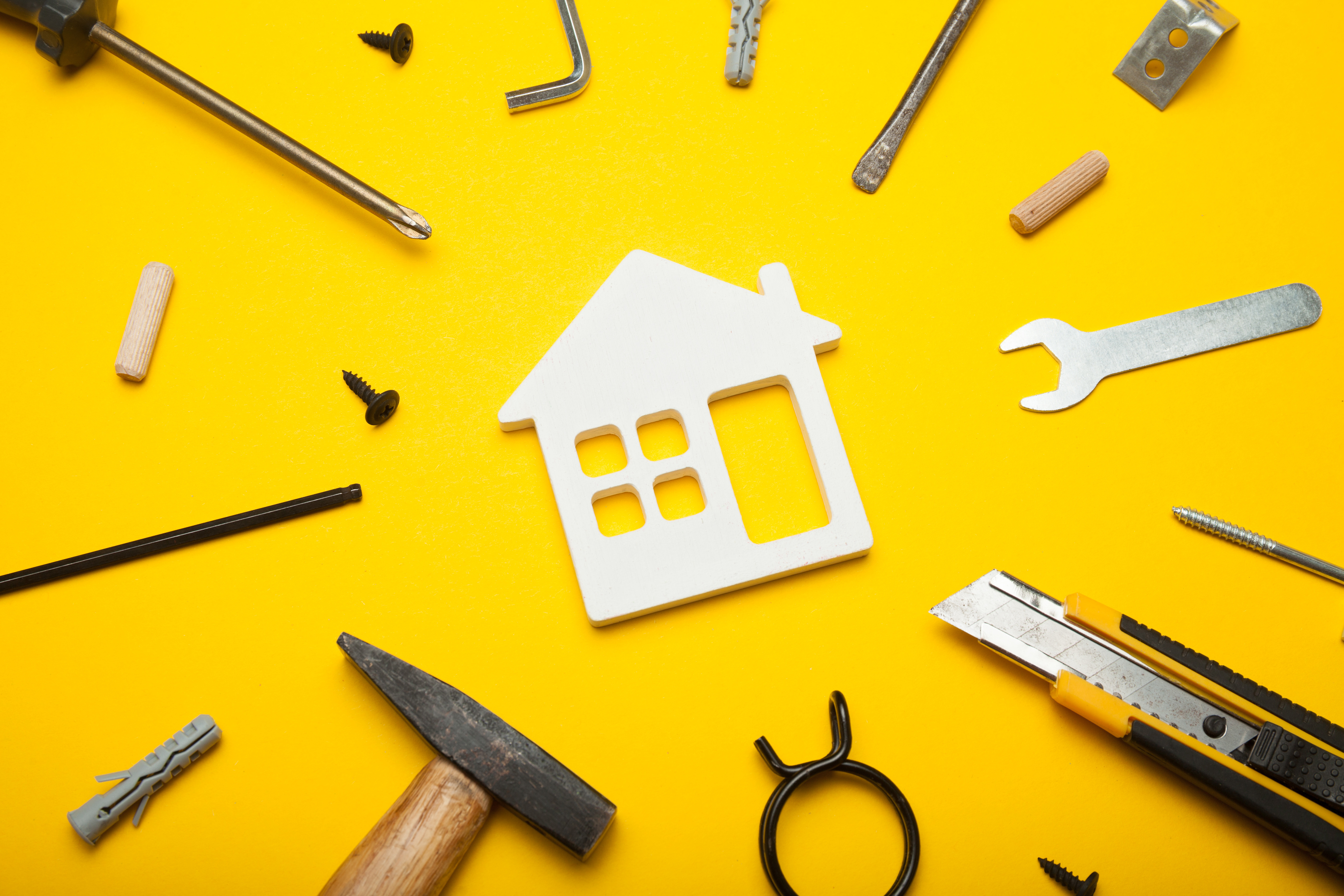Homeowners often have differing views of their individual homeowner’s associations (HOA). One thing everyone can typically agree on is that one of the primary responsibilities of an HOA is to maintain common areas throughout a neighborhood or development. If a storm trashes a playground, pool or clubhouse, walking trails or pond, the HOA and its professional community management company will arrange for and make the necessary repairs in accordance with that community’s declarations and covenants.
But what about when the damage is to an individual homeowner’s property? This falls under the category of “separate interest maintenance” or property owned exclusively by a member of HOA. When talking about single-family homes, generally, any maintenance related to the actual structure of the building/dwelling/home is always the responsibility of the unit owner.
The one thing to emphasize in any discussion regarding repairs and maintenance is the responsibilities for such are all spelled out in an association’s Declarations and Covenants. These are supplied to everyone buying a home in a community with an HOA and are generally housed online for easy access.
This goes for townhomes and villas as well, especially in a region like Wilmington where many are purchased with maintenance costs being included in the assessments. Even though these are free-standing structures and the homeowner owns the lot, within some Declarations and Covenants, the lot and exterior of the buildings may actually be maintained by the HOA, which takes care of everything on the outside of the structure (roofs, painting, exterior improvements, and irrigation, for example). When the HOA does repair and maintain the exterior of the structure, it usually does not include things such as doors, windows, screens, doorbells, lighting, plumbing fixtures, etc.
If you live in a condominium, that’s a whole different animal when it comes to maintenance. When you purchase a condo, essentially, what you’re buying is the airspace within that unit. This can be referred to as “paint to paint,” where anything behind the paint is in the common or limited common area and the responsibility of the association.
When it comes to interior and limited common area condo repairs for renters, generally speaking, it’s going to be me as the homeowner who has to make repairs; depending on how the lease is written, you could have a situation where I take care of anything over $200, the renter takes care of anything under $200, or something along those lines.
One thing worth emphasizing here is that when dealing with condos and townhomes where the association does provide exterior maintenance, the owner needs to be careful not to confuse insurance coverage with maintenance responsibility.
With single-family homes, in situations where the HOA declarations leave it to the homeowners to take care of repairs and maintenance, the HOA can still help out if they are contracted with a solid professional community association management company. This enables the HOA to access a list of reliable contractors for home repairs, chimney sweeping, power washing, and other exterior projects. In many cases, the economy of scale comes into play with contractors providing discounts for certain things (like power washing) if an HOA can provide multiple homeowners seeking out the same service, i.e. forming a group rate within a neighborhood.
The Covenants of an HOA have architectural guidelines that can require members to get approval before adding things like outdoor kitchens or patios. They also deal with lawn maintenance and community-wide standards like having lawns be weed-free, grass at a certain height etc. Many HOAs provide access to landscapers to take care of such maintenance, but homeowners who opt out, still need to figure out ways to keep in compliance with the standards.
I tell people it surprises me how the average American can read the newspaper once a day or a magazine once a week but still does not read covenants before they make a big purchase, such as a home. It’s very important that homeowners read their Covenants and understand their responsibilities for repairs and maintenance to avoid unnecessary headaches and hassle.

By CAMS - Wednesday, September 18, 2019

